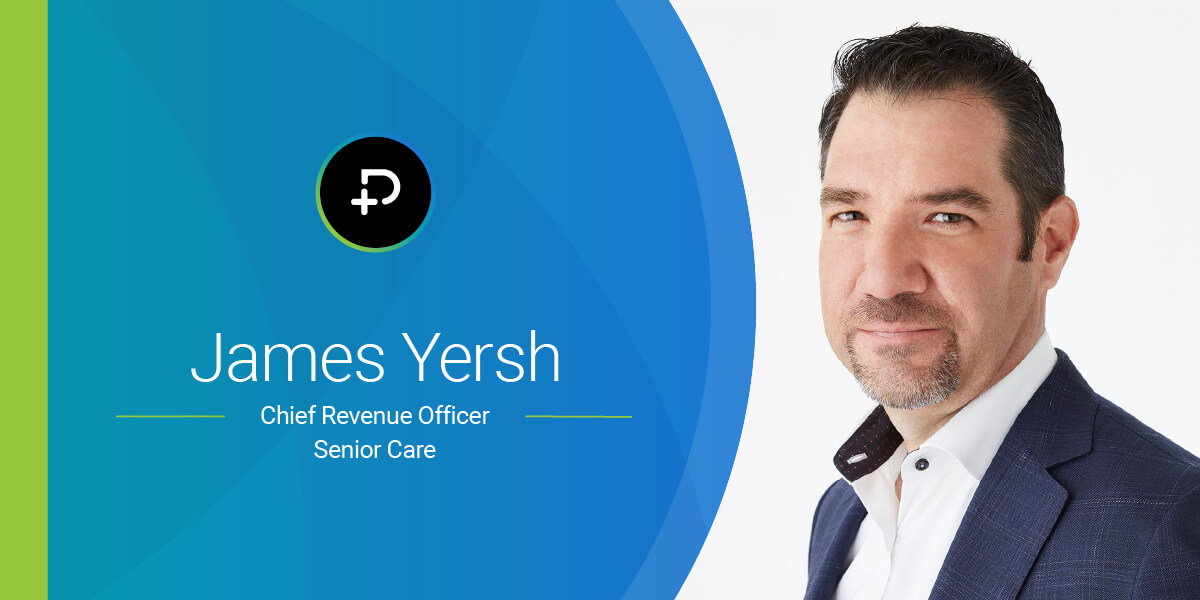Value‐based care is a form of reimbursement that ties payments for care delivery to the quality of care provided and rewards providers for both efficiency and effectiveness. The model also presents an opportunity to align incentives between provider and patient. In turn, this supplies the patient with more confidence that the provider has their best interests in mind. While the term is certainly a buzzword in healthcare, do patients understand what it means for their own personal healthcare journeys? Maybe not.
In our recent survey of 1,000 U.S. healthcare consumers, most respondents had never heard of value‐based care. How can patients demand the level of care they deserve, without knowing the true benefits of these care models? Let’s dive in.
Lack of awareness – let’s change this.
62% of respondents had never heard of value‐based care, yet 59% said they would support a healthcare system where providers are paid based on the quality of work versus volume. So, where’s the disconnect? Alongside an industry‐wide push to embrace value‐based care models, there is a desire among patient communities for value‐based care. This disconnect identifies a need for more awareness building within these communities to better inform them of their value‐based care options.
One of the best ways we as an industry can close the information gap is to offer better education to bring awareness to models and options that could impact care outcomes at lower costs. Coupled with continued payment reform ‐ including increased patient responsibility versus more traditional, strict third‐party payer insurance models ‐ we might be able to turn the tide in efficient care delivery as patients exhibit consumer‐like behavior and demand quality care at a reasonable price.
The power of data sharing
Technology solutions can level the playing field by improving interoperability so that clinicians can focus on delivering quality care and taking the time needed to educate patients on the benefits it offers. The good news? 42% of respondents were open to their doctor using data about their medical history to provide better care and prevent health issues. Now the bad news: a whopping 58% of respondents currently are NOT open to their doctor using their medical history. This must change if we’re going to continue to meaningfully improve patient outcomes while simultaneously lowering overall industry costs. The reduction of medical errors (due to lack of information, redundant work‐ups, tests, imaging, etc., and poor care transitions, plagued with incomplete information hand‐offs) will follow. When asked if they would be willing to give their doctor access to data from their Fitbit or other wearable fitness device to help inform decisions relating to their care, only 26% of respondents agreed. We have a moral imperative to educate patients on how their protected health information will be safeguarded and treat their information just as we would our own.
The end goal – higher quality care
Half of respondents (54%) do not feel their doctor’s follow‐through is adequate and most respondents (85%) feel providers should be more focused on the provision of quality care. This is especially true of elderly populations, who are even less satisfied with physician follow up. Additionally, elderly populations feel more strongly that “quality” is measured by sufficient facetime with a physician.
While ‘quality care’ can be subjective and different for each individual patient, overall, it is defined as safe, effective, patient‐centered, timely, efficient, and equitable. Quality of care is imperative for value‐based care models to function properly. If there is a disconnect between what patients perceive as quality and the care being offered, value‐based care models will not thrive.
So, what’s next?
Streamlined, interoperable patient data can help to enhance the patient experience, from preventative care to improving quality of care for all. Patients need more education to understand the true impact of value‐based care models, and it is our job to provide ACOs, hospitals and long‐term care facilities with the tools they need to be successful in implementing those models. There is clearly tremendous work to be done, but I’m genuinely optimistic that we’re well on our way.







